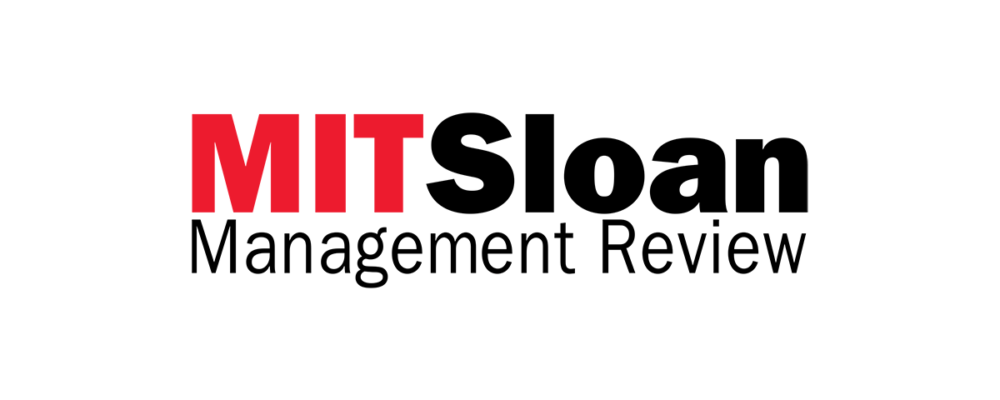Large organizations can move as fast as startups if leaders empower employees to act autonomously via well-defined constraints.
Anuj Shrestha
What does it take for a large, established business to be as responsive to changing market conditions as the startups in its industry are? That question is a vital one for leaders seeking to move nimbly to address new customer demands and competitive shifts.
The answer often lies in a single word: empowerment. Startups typically empower their teams to make quick decisions, take risks, and explore novel ideas. These nimble teams operate with a level of autonomy that enables them to rapidly sense and seize opportunities that arise from changes in technologies, competition, and customer needs. In doing so, they iteratively move toward achieving their strategic objectives.
But for large organizations, adopting these practices isn’t quite as simple. With scale and complexity come layers of decision-making, risk aversion, and the need for operational efficiency and strategic alignment across diverse business units. So while greater empowerment is necessary to drive organizational agility, it also needs to be rooted in a level of coordination that keeps the organization moving cohesively toward its strategic objectives.
Email Updates on the Future of Work
Monthly research-based updates on what the future of work means for your workplace, teams, and culture.
Please enter a valid email address
Thank you for signing up
This is the challenge I’d like to address in this article: How can large organizations foster empowerment in a way that maintains organizational coherence and strategic alignment? I have studied this question for the past five years and found that what’s most required are four decision rights guardrails that define constraints around an organization’s purpose, data, policies, and allocation of resources. Like the barriers on a highway, these guardrails provide a zone within which employees can act autonomously, enabling their organizations to operate faster, reduce risk, and keep teams headed in the right direction.
Ultimately, my research suggests that these guardrails give large, established organizations the potential to be just as agile — if not more so — than their startup counterparts.
Through a 2022 survey by the MIT Center for Information Systems Research (CISR), I found that organizations that had successfully cultivated an environment in which most teams were empowered via robust guardrails tended to outperform their less-agile counterparts, experiencing revenue growth that was 16.2 percentage points higher and net profit margins that were 9 percentage points higher. Revenues from products and services introduced in the past three years — a key indicator of greater innovation — were also 15.8 percentage points higher.
References
1. MIT CISR 2022 Decision Rights for the Digital Era Survey (N=342); “growth” refers to revenue growth compared with the industry average.
2. The case studies on Allstate, Mars, and Toyota are available as working papers from the MIT Sloan School of Management’s Center for Information Systems Research at http://cisr.mit.edu.
3. O. Lee, V. Sambamurthy, K.H. Lim, et al., “How Does IT Ambidexterity Impact Organizational Agility?” Information Systems Research 26, no. 2 (June 2015): 398-417.
Reprint #:
“The MIT Sloan Management Review is a research-based magazine and digital platform for business executives published at the MIT Sloan School of Management.”
Please visit the firm link to site






